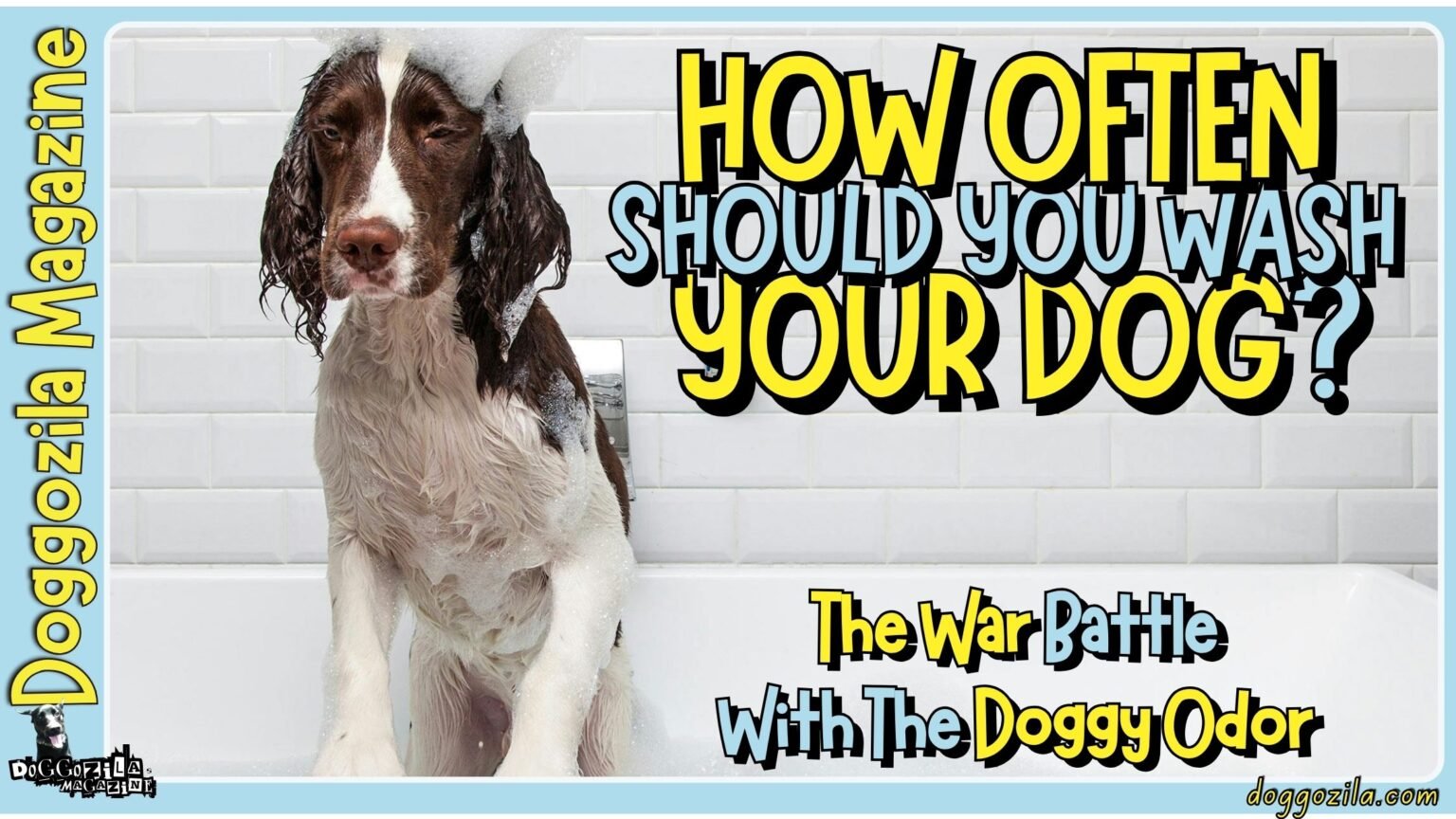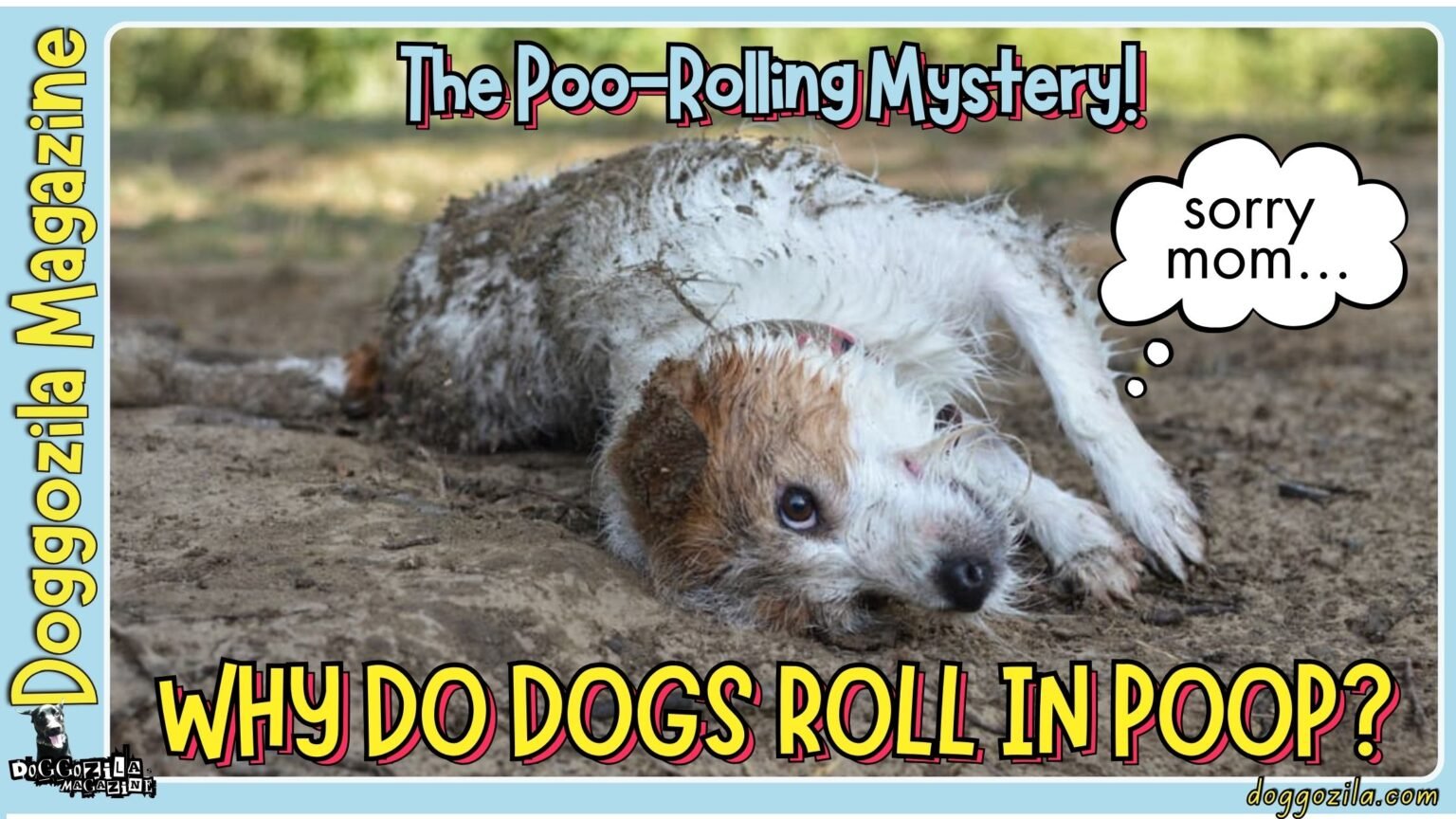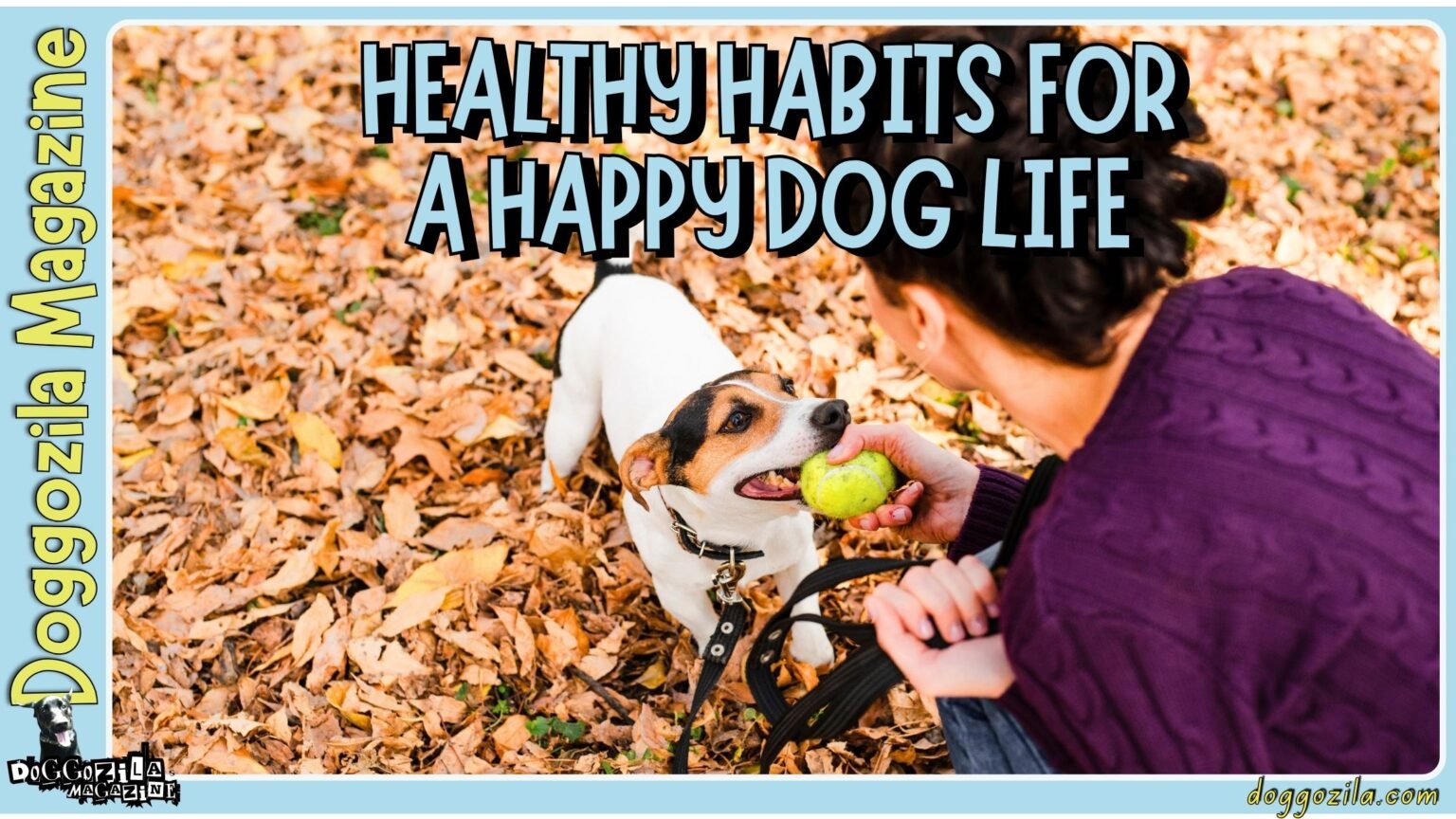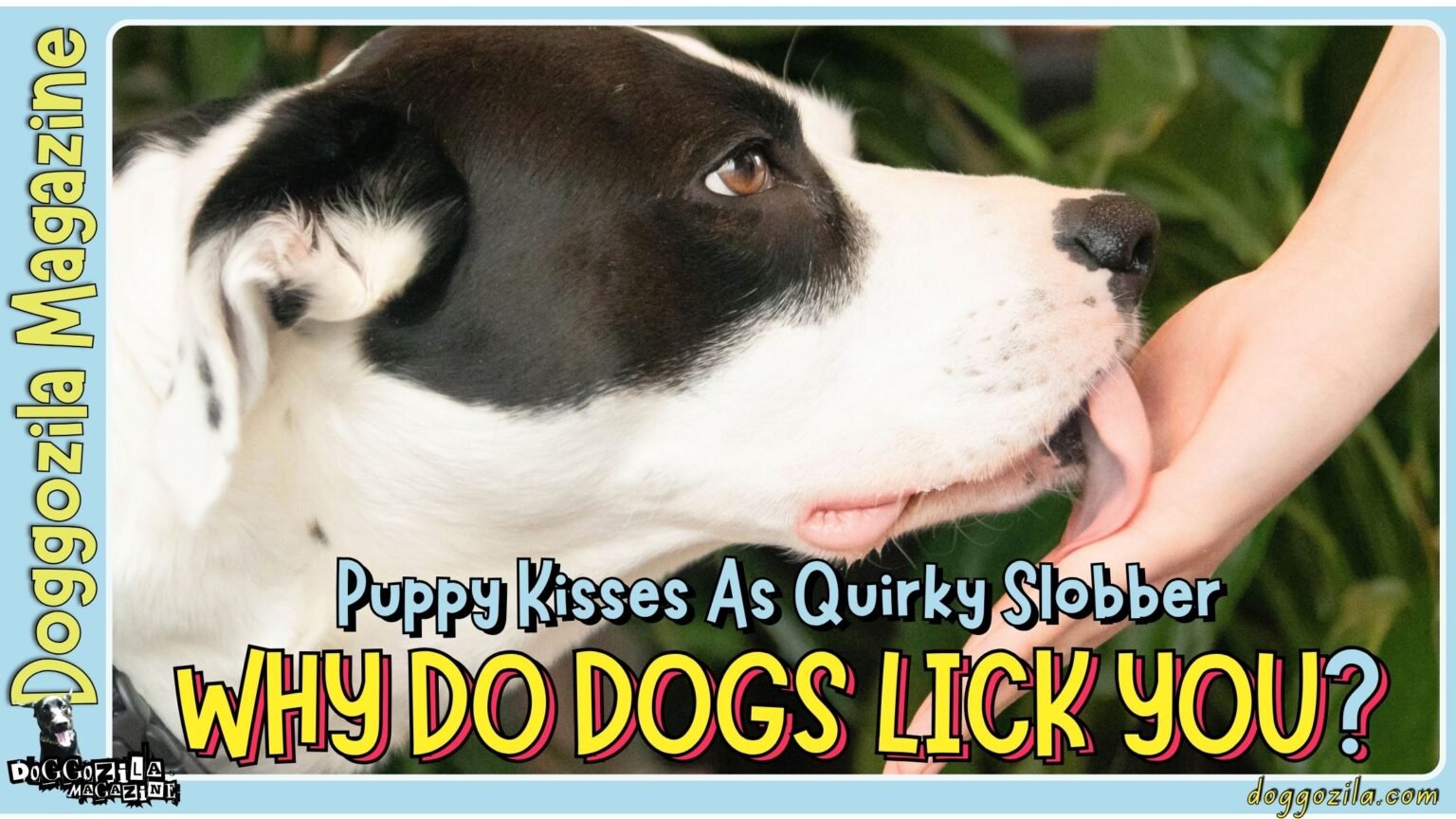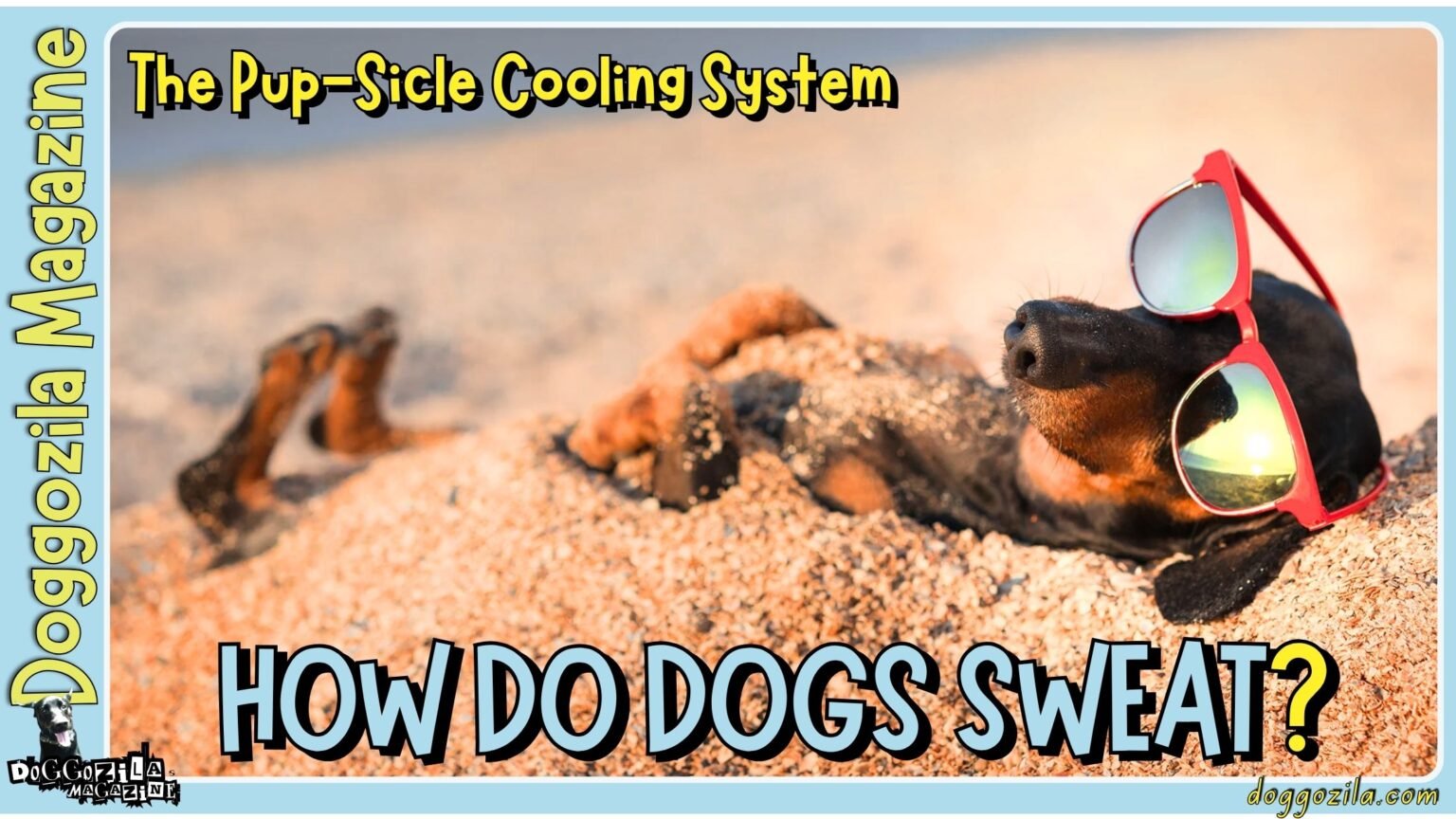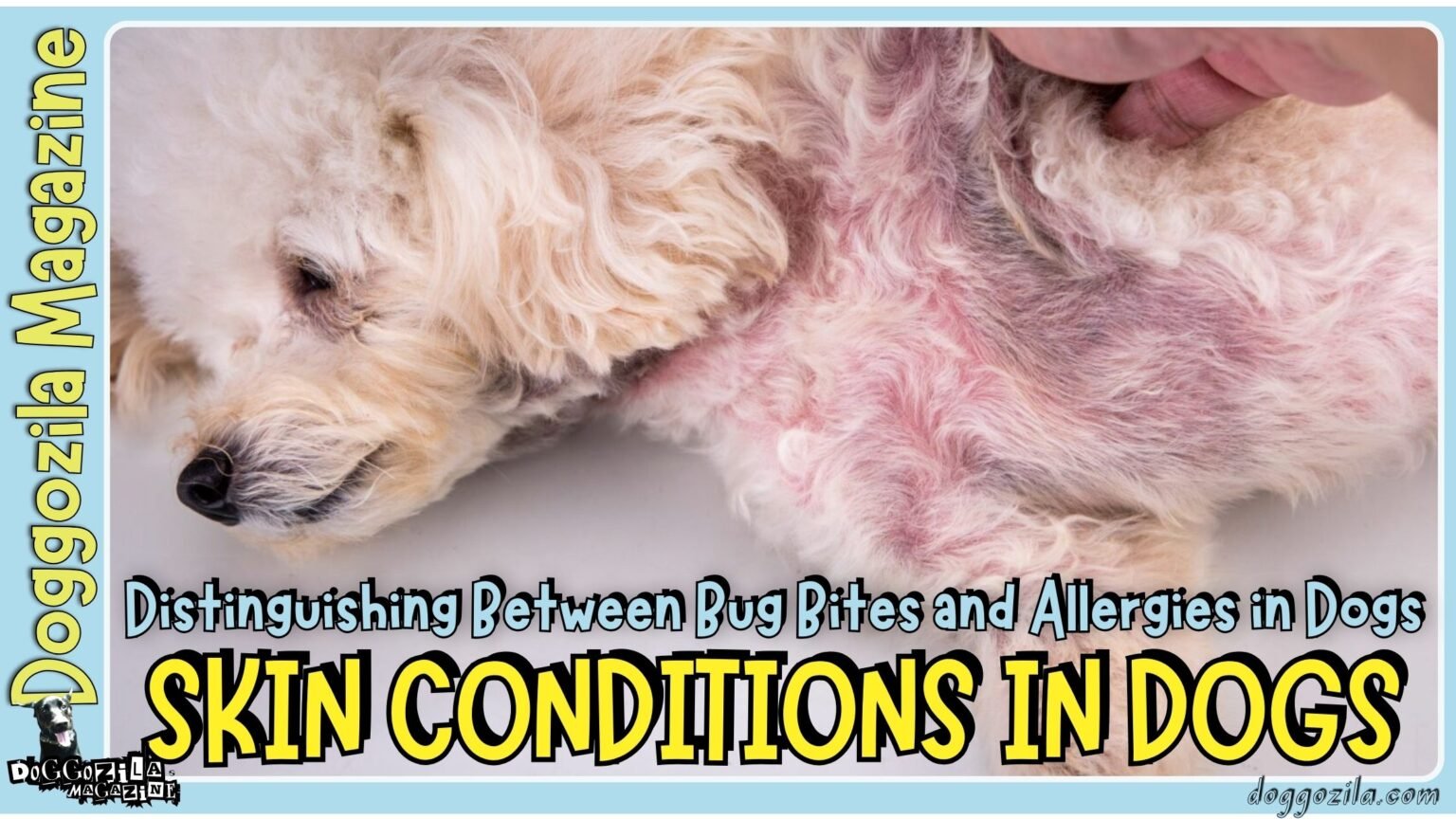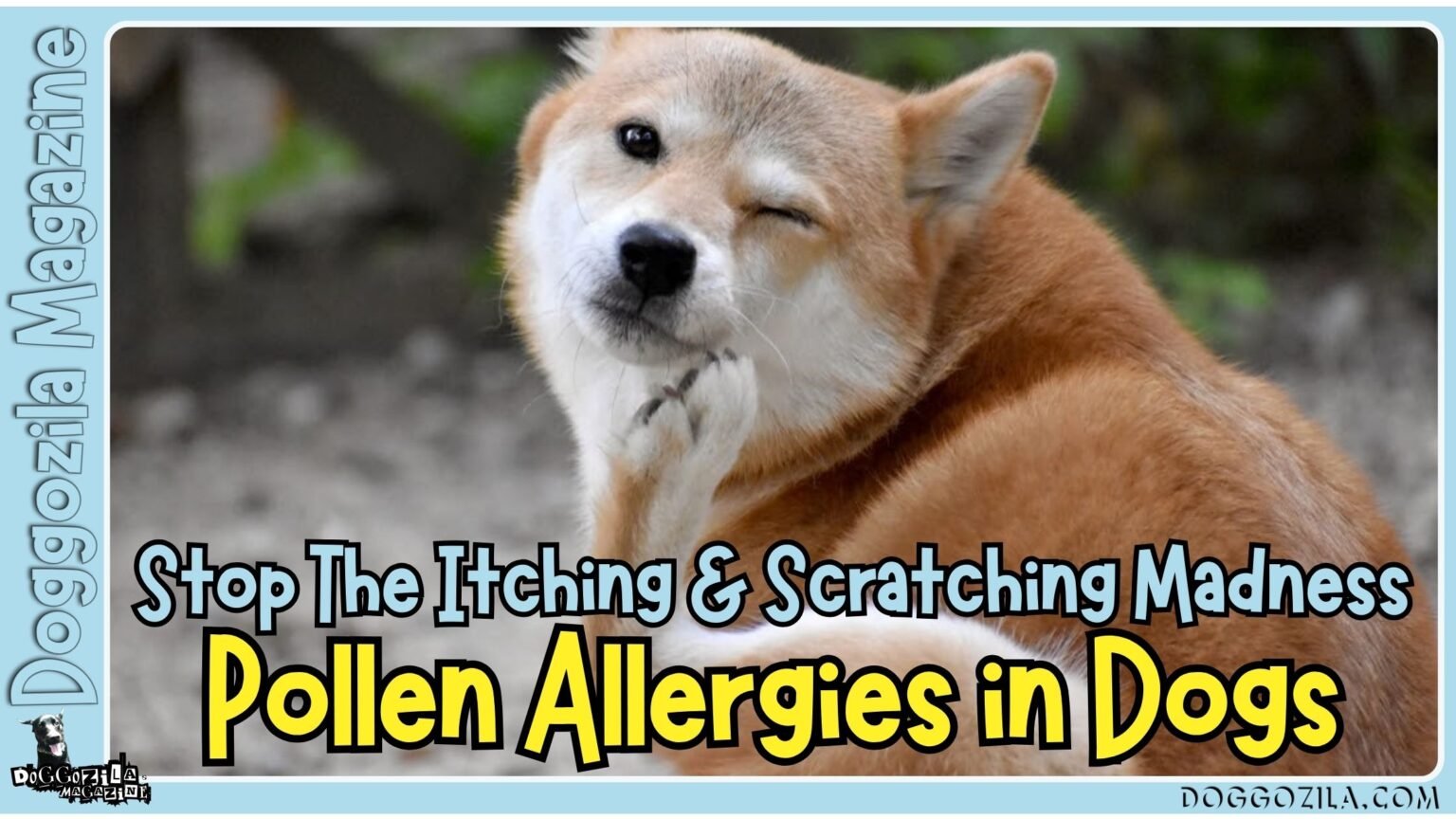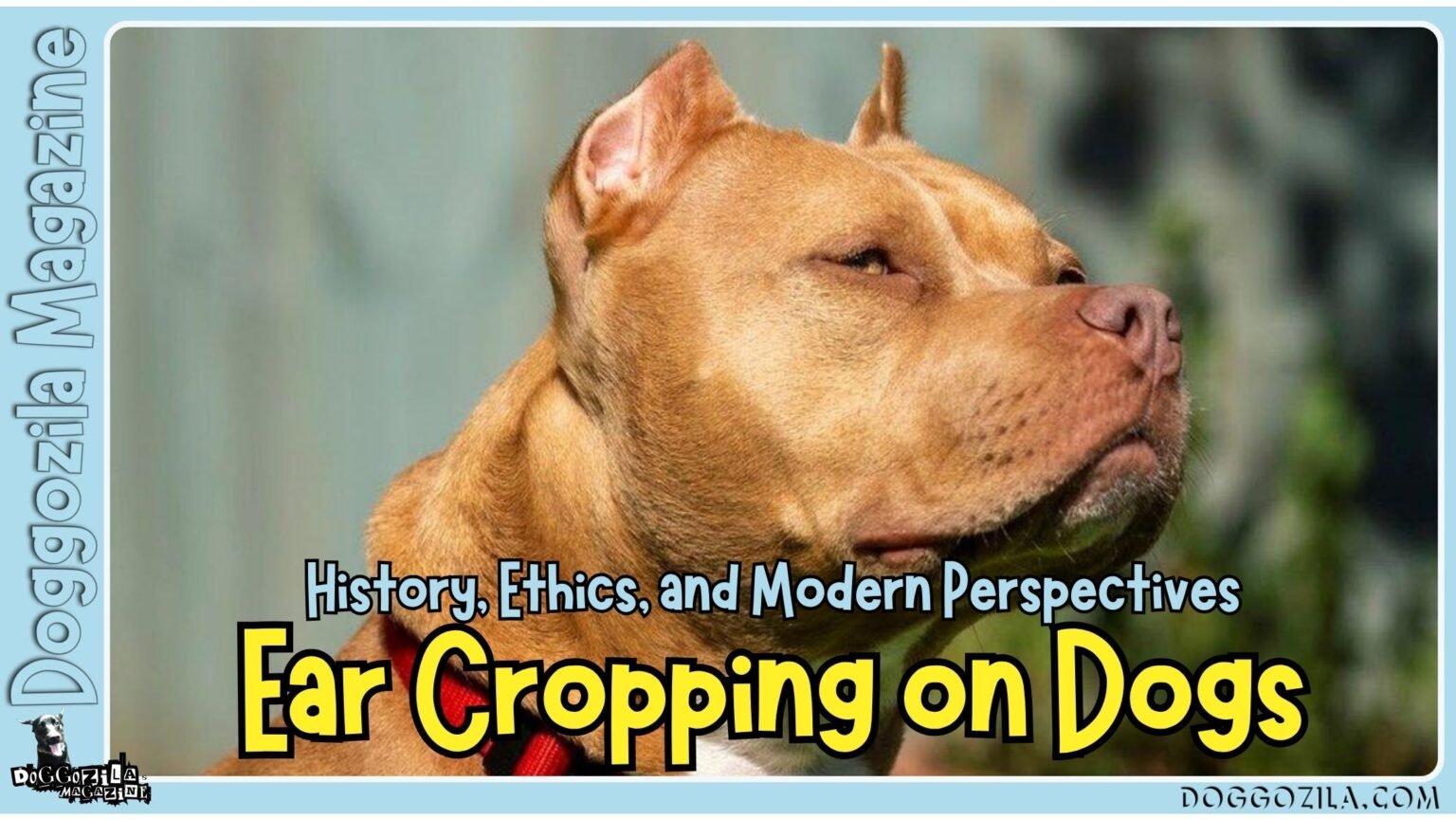Dog Grooming Topics
Top Dog Grooming Tips and Tricks
Regular dog grooming is crucial for maintaining your dog’s overall health!

Brush Regularly and Bath Time Basics
Keeping your dog’s coat in top shape means regular brushing. For dogs with shorter coats, once a week might suffice, but those with longer hair may need daily brushing. This not only keeps their coat free from tangles and mats but also helps distribute natural oils that keep their fur shiny and healthy.
When it comes to baths, less is often more. Over-bathing can strip essential oils from your dog’s skin, leading to dryness and irritation. Generally, a bath every 4-6 weeks is sufficient, but this can vary depending on your dog’s breed and lifestyle. Always use a dog-specific shampoo to ensure their skin and coat stay protected.
Nail Trimming, Ear Cleaning and Teeth Brushing
Long nails can be uncomfortable and even painful for your dog. Trim their nails every few weeks, ensuring not to cut too close to the quick, which can cause bleeding. If you’re unsure, consult a vet or professional groomer for guidance.
Dogs are prone to ear infections, so regular ear cleaning is vital. Use a vet-recommended ear cleaner and gently wipe the outer part of the ear with a cotton ball. Avoid inserting anything deep into the ear canal to prevent injury.
Dental hygiene is crucial for your dog’s overall health. Brush their teeth several times a week using a dog-specific toothbrush and toothpaste. This helps prevent plaque buildup and reduces the risk of dental diseases.
Coat Trimming, Paw Care and Check for Pests
For dogs with longer hair, regular trimming can help manage their coat and keep it free from mats. If you’re not comfortable doing this yourself, consider taking your dog to a professional groomer.
Regularly check your dog for fleas, ticks, and other pests, especially if they spend a lot of time outdoors. Use vet-approved products to prevent and treat infestations.
Your dog’s paws need attention too. Check for any cuts, cracks, or foreign objects stuck between their pads. Keep their paw fur trimmed to prevent mats and ice balls in winter.
Hydrate and Moisturize for Stress-Free Grooming
Ensure your dog stays hydrated and their skin remains moisturized. You can use coconut oil or specialized dog moisturizers for this purpose, especially in dry climates.
Make grooming a positive experience. Use treats, praise, and take breaks if your dog seems stressed. Building a routine can help them get used to the process and make it more enjoyable for both of you.
By incorporating these tips and tricks into your dog’s grooming routine, you’ll help keep them looking and feeling their best. If you ever have doubts or concerns, don’t hesitate to consult with a professional groomer or veterinarian.
Keeping our furry friends happy and healthy is always a joy.
The Importance of Dog Grooming for All Dogs

Health Maintenance and Hygiene
Why regular dog grooming it’s important? Brushing tour dog’s coat helps to remove dirt, dandruff, and dead hair, which can prevent skin irritations and infections. It also allows you to check for abnormalities like lumps, sores, or parasites such as fleas and ticks, which might otherwise go unnoticed.
Grooming keeps your dog clean and reduces the chance of infections and unpleasant odors. Regular baths using dog-specific shampoos help to keep their skin and coat clean and free from harmful bacteria and allergens. Clean ears and trimmed nails also contribute to their overall hygiene.
Bonding Opportunity, Comfort and Well-being
Grooming can significantly improve your dog’s comfort. Regular brushing and trimming prevent mats and tangles that can pull on their skin and cause pain or discomfort. Keeping their nails trimmed avoids discomfort and potential injuries related to overgrown nails.
Grooming sessions can strengthen the bond between you and your dog. These periods of close contact can be enjoyable and reassuring for your dog, creating a sense of trust and security. It’s also a great time for you to show affection and give them some extra attention.
Early Detection of Health Issues and Mental Health
Regular grooming provides an opportunity for early detection of potential health issues. By routinely examining your dog, you may notice changes in their skin, coat, ears, teeth, or nails that could indicate health problems. Early detection means early treatment, which can prevent more serious health issues down the line.
Dogs thrive on routine and attention. Regular grooming sessions can be a calming activity, reducing stress and anxiety. It gives them a sense of routine and can be a time for relaxation, which is essential for their mental well-being.
Appearance
Of course, regular grooming keeps your dog looking their best. A well-groomed dog has a shiny, healthy coat, clean ears, trimmed nails, and overall looks more cared for and loved. This can be particularly important for dogs that participate in shows or competitions but is equally important for pets that simply enjoy being pampered at home.
Prevention of Pain and Discomfort
Routine grooming can prevent a multitude of issues that cause pain and discomfort. For example, ear cleaning can prevent painful ear infections, while regular teeth brushing can avert dental diseases that might lead to toothaches or loss of teeth.
In summary, grooming is not just about keeping your dog looking good; it plays a vital role in their health, comfort, and happiness. By incorporating regular grooming into your dog’s routine, you’re ensuring they lead a happy, healthy, and comfortable life.
Hope this helps you understand the importance of grooming for your furry friend!






